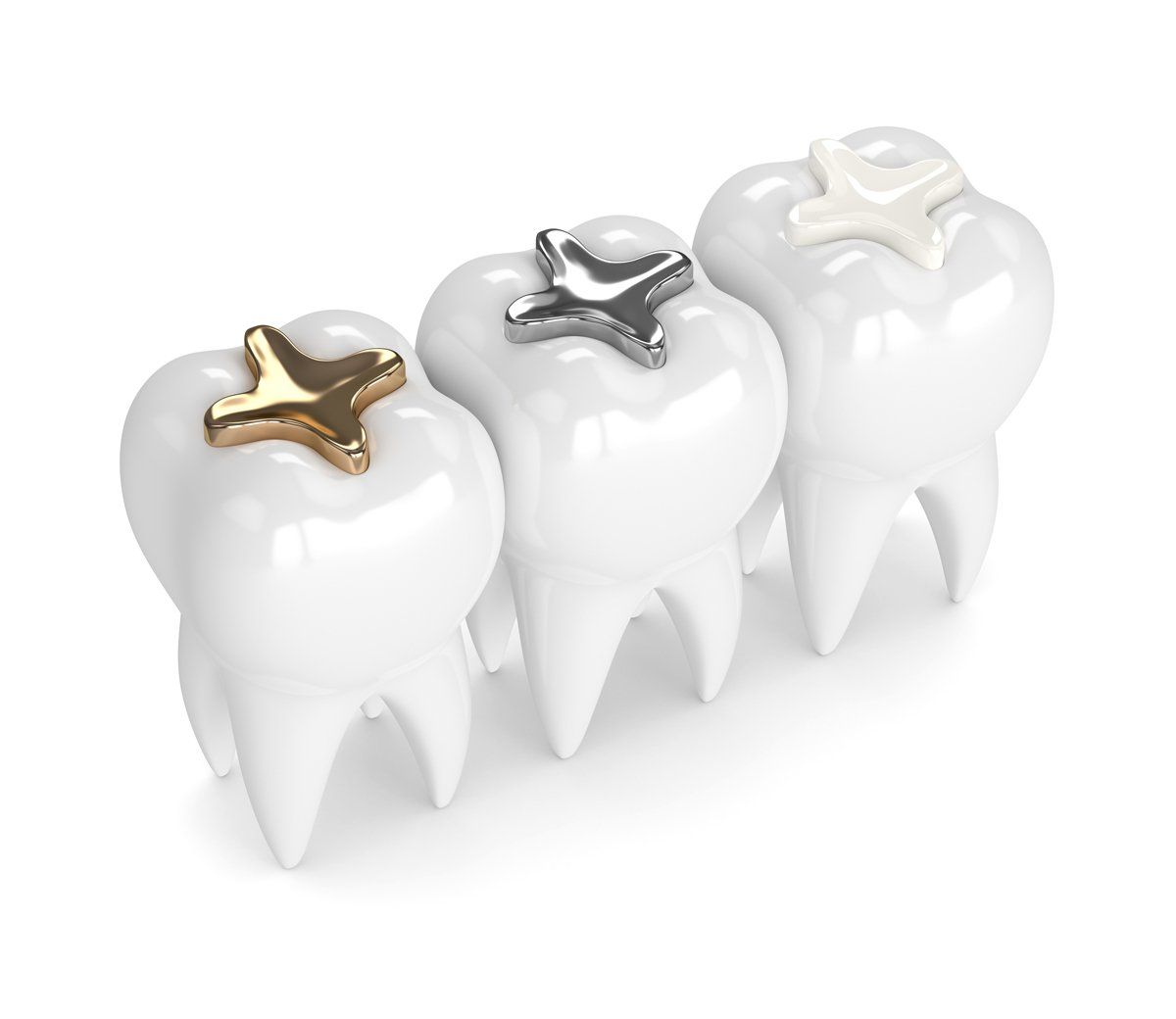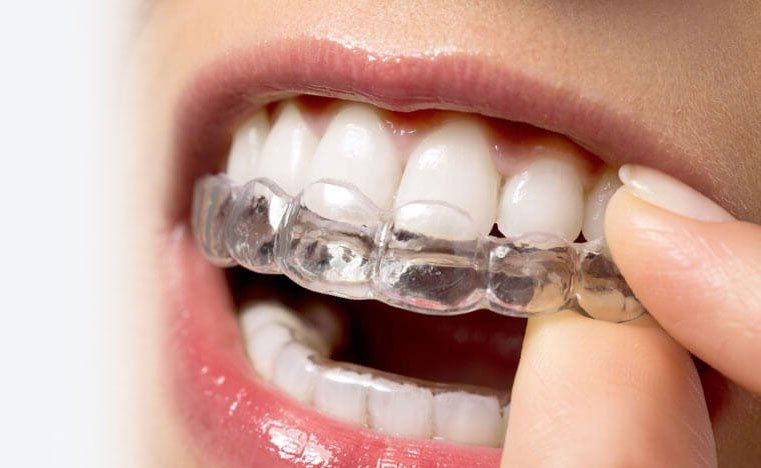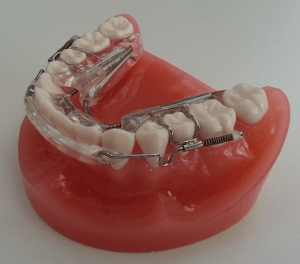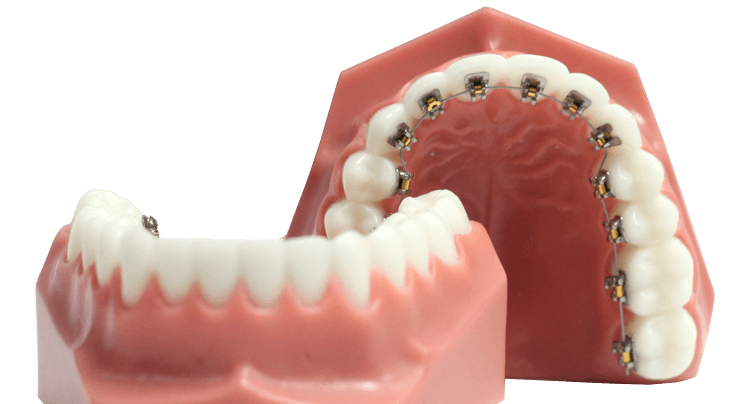BOOK AN APPOINTMENT TODAY
Cosmetic Dentistry Treatments
At Alexander House Dental Practice we provide the following cosmetic dentistry treatments:
WHITE FILLINGS
Make Your Teeth Look Healthy
If you require a filling in your tooth, a cosmetic option would be to choose a white filling material that matches the shade of your surrounding natural teeth.
You can also have any existing metallic fillings replaced with tooth-coloured or ‘white’ fillings. This will allow you to smile without a metallic glint in sight, giving your teeth a more natural appearance overall. Here is how white fillings work:
- This is a safe procedure that entails the removal of any decay from your tooth, and taking out the metal or amalgam fillings if you are having them replaced.
- The new filling is made from a very hard tooth-coloured substance and will withstand the forces in your mouth when you bite and chew over a long period of time.
- The restoration is completed in one visit and your fillings will not be visible when you smile.
Life benefits:
- Natural-looking restoration.
- Improved cosmetic appearance of filled teeth while still being able to bite and chew as usual.
- Hard-wearing restorative solution.
TEETH WHITENING
Get ready to Zoom!
Zoom! is a scientifically developed tooth whitening procedure. It is safe, effective and fast. In a single 90-minute appointment your teeth will become dramatically whiter. Zoom! Chairside Whitening is ideal for anyone looking for immediate results. The convenience of Zoom! in comparison to days of wearing trays or strips, makes it the obvious choice for the busy individual.
The
Zoom! In-office Whitening System will make your teeth dramatically whiter in just 45 minutes. The procedure is simple. It begins with a short preparation to cover your lips and gums, leaving only your teeth exposed. The
Zoom! dentist then applies the proprietary
Zoom!
Whitening Gel, which was designed to be used with a specially designed light. The
Zoom! light and gel work together to gently penetrate your teeth, breaking up stains and discolouration. With proper care your smile will sparkle for years.
VENEERS
Get That Smile
Veneers are thin, custom-made tooth facings made of porcelain or composite materials designed to cover the front side of a tooth to improve the overall appearance of the teeth. They are mainly used to:
- correct the length and shape of teeth according to the aesthetic and functional needs of the teeth.
- close gaps between teeth where orthodontic treatment is not possible.
- mask darker teeth in cases where whitening options have been exhausted.
- restore partially broken-down or worn teeth.
- widen narrow smiles where orthodontic treatment is not possible.
There are two types of veneers. One requires minimal, or no, tooth preparation, and the other requires slightly more preparation which is confined to the enamel structure. The veneer is bonded to the enamel of the tooth. Several visits are necessary to complete the treatment.
Stages of Veneer Treatment
INVISIBLE BRACES
Orthodontic Technology
Recent advancements in orthodontic technology, invisible braces are fast becoming the method of choice for cosmetic reasons.The field is still advancing rapidly, and we keep up with the latest developments in order to offer our patients the best possible treatment and choice.
We use one of the following systems, depending on the specific needs and requirements of each patient. Sometimes a combination of these systems is required.
With all orthodontic treatment, retention is recommended for life to prevent relapse. Retention can come in the form of a wire bonded to the back of the teeth, or a removable clear plastic retainer.
DENTAL IMPLANTS
Something to Smile About
Dental implants are fast becoming a popular choice for replacing missing teeth, filling gaps, restoring your chewing ability and your smile, and giving you back your confidence.
Dental Implants are titanium metal posts, secured into the bone in place of the natural tooth root, to provide permanent support for crowns, bridges and dentures. Advancing technology has improved both the materials and techniques used and getting dental implant treatment has never been easier or more comfortable.
Current dental implant treatments can change your life. From a single missing tooth to an entire set of teeth, dental implants restore your appearance, speech, nutrition, oral health, comfort, and self-esteem.
Benefits of Dental Implants
DENTURES
Types Of Dentures
Partial Denture - This type of denture is used when a patient has only some missing teeth. It can be a permanent solution, but in some cases it is used as a temporary measure before other treatment is completed.
Complete Denture - When the patient has no natural teeth remaining, a complete denture is required. Complete dentures can also be constructed over dental implants. This helps the stability of the denture and improves the bite. As dental health has improved over the last few decades, we see less and less patients requiring complete dentures.
Overdenture - This can be a partial or complete denture, which covers over retained stumps of teeth, or dental implants. The main advantage is that the retained roots of the teeth (or implants) retain the bone levels in the jaw, and this helps to maintain the natural shape and appearance of the face.
Materials used in Dentures:
- Acrylic only - This is the most commonly used material and has been used for many years.
- Combination of Cobalt-Chrome Alloy and Acrylic - This construction is used when the patient has a particularly strong bite and the extra strength is needed.







